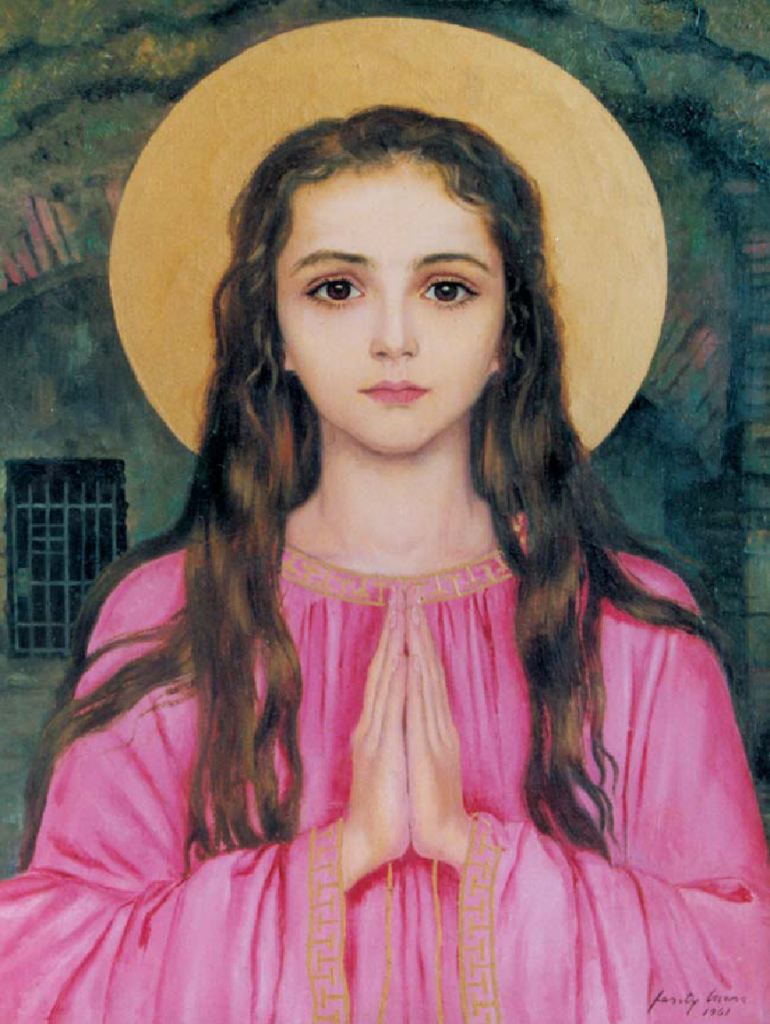
The Catacombs
Before presenting the story of the renowned figure of Saint Philomena, Virgin and Roman Martyr, it is appropriate to mention the catacombs, since her mortal remains were discovered in 1802 in Roman Catacombs of Priscilla (fig. 1-2-3).
There are prestigious studies regarding this (for example: P. TESTINI, Archeologia Cristiana (Christian Archaeology); M. SORDI, I cristiani e l’impero romano, Christians and the roman empire, etc.) In particular, we have decided to relate a page from the illustrious southern historian Gabriele De Rosa, because it seemed to us an effective synthesis and at the same time an accessible and clear exposition of the argument, in line with the style and objectives of this work, limiting us only to add some complementary information in the notes:
“The pagans buried their deceased in the necropolis, the city of the dead, or in monumental tombs reserved for the wealthier ones positioned along the roads that stretched out from the city. It was forbidden to bury the dead inside an inhabited area, and so it became customary to burn the bodies. Christians instead, continued to bury their dead and were granted the authorization to establish cemeteries reserved for the faithful departed and the martyrs and in which they might celebrate the funeral rituals according to Christian practice. They eventually began using, a site situated on the roadsides of the via Appia called “Catacumbas”, which means “near the cavity”, since it seems that in that area there were mines which had caused hollows in the ground. Today the term “catacombs” is used to describe all the Christian underground cemeteries. Catacombs, although particularly numerous in Rome because of the nature of its ground, are not exclusive of the capital, they are also found in other places in Italy, as well as in Malta, in Northern Africa.
“Many people think that the catacombs were places of refuge in which Christians could hide to escape persecutions. , But however this is not accurate since the catacombs were well known to the Roman authorities who had them under strict surveillance. Furthermore, it proves very difficult to live for lengthy periods in these underground tunnels because of the lack of fresh air. It is true that catacombs, in addition to being dedicated to burials, were places of worship, for the Christian community. They served as places for prayer, the celebration of the Eucharist and the administration of the Sacraments. Only in special circumstances, when persecutions became very violent, the catacombs were used as a provisional refuge place. The first groups of underground cemeteries began to be dug around the middle of the second century A.D. Later, a corporation was founded called fossors, which specialized in the digging of tunnels.
- 2002 DE ROSA, Dalla Preistoria al Medioevo (From the Prehistory to the Middle Age), Bergamo 2002.
- This custom was very common, since it had been prohibited to bury the dead inside the inhabitate, it was very expensive to possess ground to be allocated to the dead. The burying was performed nearly exclusively by the wealthier classes, which used tombs, some even richly decorated. Between Christians it became custom the inhumation or burial of the dead, because they believed in the reuniting of soul to the body on universal judgment day, and therefore they wanted to salvage the identity of the person for as long as possible. This urged them to have at their disposal suitable ground for this purpose, either by acquisition or donation from rich Christians.
- In the South of Italy there are some in Naples, Atripalda (AV), Siracusa, and so on.
- Today called like this the workers responsible for the digging of the catacombs. In the past the fossors were the clerics assigned for the burials.
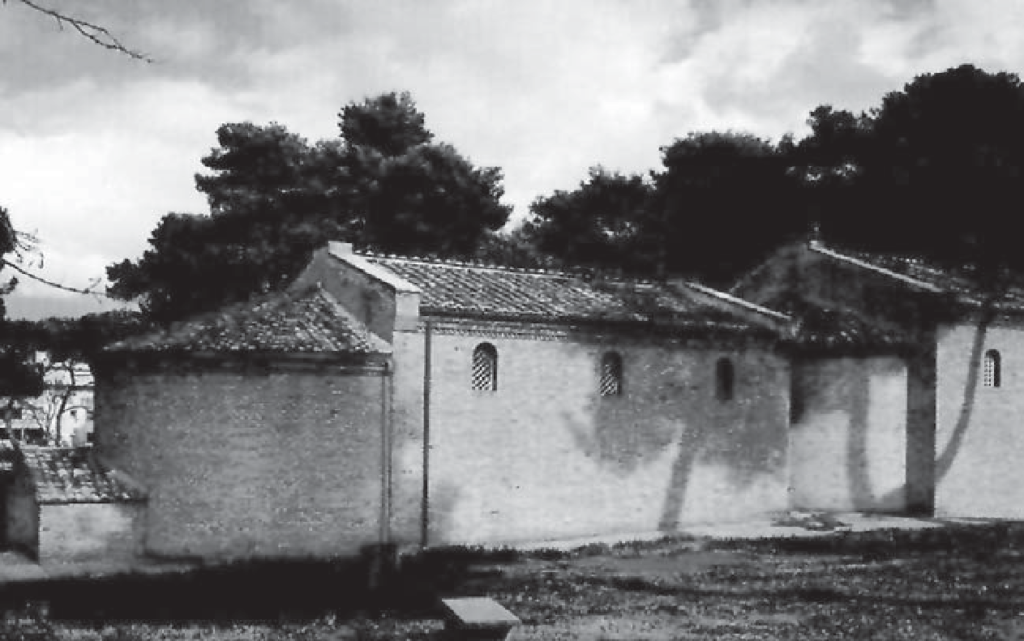
Fig. 1 – Basilica of San Silvestro, in Rome, built on Priscilla’s catacombs.
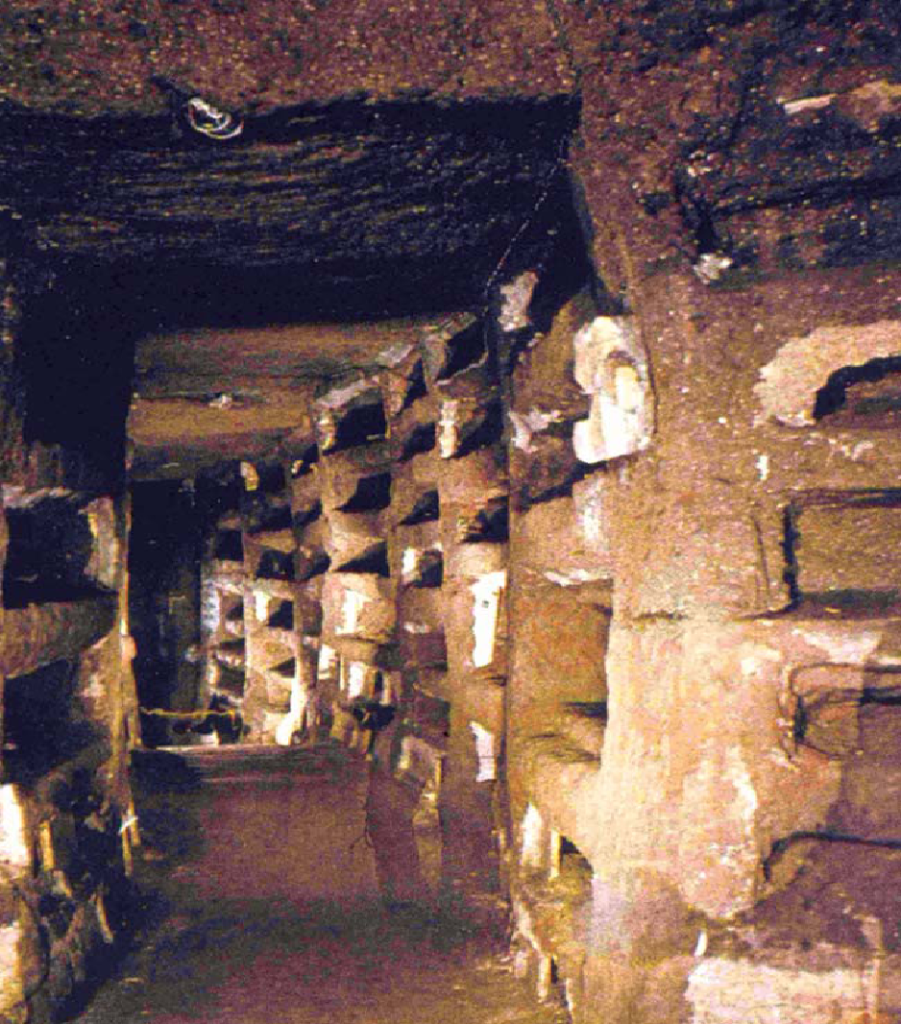
Fig. 2 – Burial niches in the tunnels of Priscilla’s catacombs. In one of these burial niches, on May 25, 1802, the body of the Martyr Philomena was found.
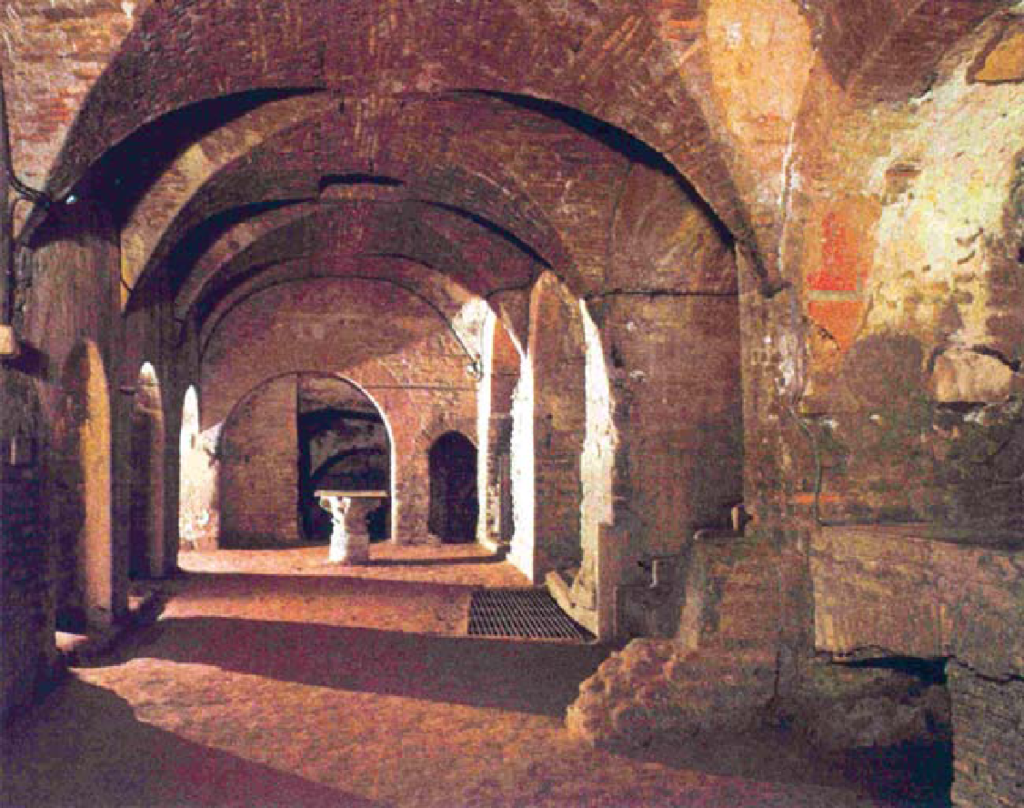
Fig. 3 – The so-called cryptoportcus of Priscilla’s catacombs.
The Catacombs were structured in several levels (in some places as many as five levels), and they could reach a depth of up to thirty meters. The tunnels were tight and long, about three meters tall, and were connected by steep stairs which formed a complex grid, like a labyrinth. The niches assigned to the burial of the dead were dug into the walls. After the burial, the niches were closed by a tombstone, tiles, or bricks. At the end of the tunnels were larger rooms and the crypts, which served as underground churches. The light, which filtered from tiny openings, was very scarce and it illuminated only the floors nearer the surface. The catacombs near Rome have not yet been fully explored. Of these, the most important ones are those of St. Callisto, St. Sebastian, Domitilla and St. Agnes.”
5. The burial niches were distributed on more levels. The stones or cotto slabs that closed them were decorated with symbols or Christian inscriptions. For the martyrs there were the symbols of martyrdom. The cotto slabs of S. Philomena’s tomb, which will be described in this work, are a classic example of all this. Obviously, beside the simple burial niches there are also bigger and richer ones, decorated with paintings and stucchi. After Costantine’s edict (313 A.D) in the richer classes, the number of people that arranged to be buried in the catacombs increased, especially in those where there were burial niches and tombs of martyrs.
6. The total development of the roman catacombs exceeds one hundred kilometers.
The Finding of the Body and the Translation to Mugnano Del Cardinale
1. Introduction
In the nineteenth century, the figure of Philomena, a young roman martyr, spreads and conquered hearts. Her devotional cult grew rapidly after nearly seventeen centuries of silence. This can be attributed to various events which took place in that century. One significant factor is the, French Revolution and the loss of Christianity in European society. Also significant were religious movements of “The New Evangelization” with the formation, of missionary congregations throughout Europe, which later spread throughout the world, from the Americas to the Far East.
Some of this renewal was attributed to the intercession of this new “young saint”, Saint Philomena, whose relics were transferred from Rome to Mugnano del Cardinale (Avellino), on August 10, 1805.
Many devotees came to trust in her protection. We remember especially Pauline Jaricot, the founder of the Society for the Propagation of the Faith, and the Living Rosary, the young John Maria Mastai Ferretti, who will become Pope Pius IX and will be beatified; the humble priest John Marie Vianney, the Cure of Ars, singled out by St Pius X as the greatest proof for Saint Philomena. These were all perfectly cured from their illnesses as a result in their faith in Saint Philomena. They would become important instruments of Divine Providence in the Life of the Church, and to the ends of the earth.
2.The “dies natalis”
The latin term dies natalis, literally, the day of birth, signifies for us rather the day on which the saint leaves their earthly life, and is born onto eternal life.
The earthly, / natural life is the starting point for aspiring to the heavenly, supernatural life, which is possible by virtue of the life, death and resurrection of Christ. An earthly life spent observing the divine commandments leads one to eternal life. For a martyr, we can affirm what St. Ambrose wrote of the young martyr St. Agnes: “Martirem dixi, satis dixi”, which means: “having said martyr, I’ve said everything”.
There are no biographical records of Saint Philomena. Her life, for our purposes, begins with the finding of her body which marks the beginning of the signs to her devotees. The first records about the Saint are those surrounding the finding of her tomb in Priscilla’s catacombs, the translation of her body to Mugnano del Cardinale and the beginning of her providential influence in the life of the Church.
The attempt to write a resounding biography of Philomena has to be considered as an inspired devotional work based on other martyrs of the early Christian period. Her arrival at Mugnano will give birth to a season of graces and miracles, confirmed by Pontifical documents, from Leo XII to Pius XI, who will assist in the spreading of her devotional cult. In this way the nineteenth century is enriched by yet another supernatural intervention that will strengthen the Life of the Church in the company of the martyrs and confessors.
7. Cf. the “Revelations” of God’s Servant Sister Mary Luisa of Jesus.
3. Symbols on the tomb
On the three tiles that sealed the tomb, was the inscription
“ LUMENA – PAX TE – CUM FI”
and the following symbols:
- two anchors
- three arrows
- a palm
- a lily
What is at first striking is the richness of the traditional meaning of these images. The first terracotta tile was installed in the wrong place, altering the correct inscription which is “PAX TECUM FILUMENA” (see fig. 4).
4. Finding of the body
The body of Saint Philomena was discovered on May 25, 1802, the second year of the pontificate of Pope Pius VII.
On May 24, 1802, the excavators who worked to free the area around the catacombs of Priscilla from materials and rubble built up over the centuries had reached its centre, not far from the Greek Chapel, very close to the skylight (fig.5). One of them, who remains unknown, when removing the soil from one of the tunnels, hit some tiles which had sealed a funeral niche.
On these tiles, in a perfect state of preservation, could be seen a palm branch, one of the symbols of martyrdom.
Following the instructions received by Monsignor Ponzetti, the worker stopped and went to report his finding to Fr. Filippo Ludovici, a second caretaker.
On May 25, 1802, Fr. Ludovici, accompanied by many witnesses, including another priest, went down in the catacombs. Under his supervision, the fossor kept digging, finding the funeral stone of a small tomb which looked like one of an adolescent.
8. On the wall of the big skylight can be read, written with coal: <<Thomas Puttini digger 1802>>. Perhaps this Puttini is the discoverer of St. Philomena’s relics.
9. The instructions are hand written, in the registries of the Reliquary, by Mons. Ponzetti himself. These advised to choose the fossors from men capable of both manual labor, and understanding the preciousness of the martyr’s bones and archeological objects. The signs of a martyr tomb are as follows: “a blood vase, made of glass or terra cotta, a palm engraved on the sepulchre itself or on the lime that seals it, or an inscription confirming the martyrdom”. When a fossor finds a niche with these signs he must call the caretaker who, “…if established that the remains are of a martyr, he must get the tomb opened and place the holy relics in a box intended for this purpose. The box, sealed externally by the seals of the most eminent Vicar, is then brought on the shoulders by the fossors to the safe-keeping”.
(Reliquary, Registry II, chap. XIII, p. 114)
10. The funeral stone is made of three pieces of terra cotta. It was kept in the in the College Massimo of the Company of Jesus in Rome, with other inscriptions of SS. Martyrs. Afterwards, by order of the Supreme Pontiff Pius VII, advised by the erudites, it was transferred to the Museum of the Christian Antiquities in the Vatican. Pope Leo XII, by request of Fr. Don Salvatore Pascale general procurator of the Congregation of the Pious Workers and of Mons. Philip Ludovici roman priest, on July 21, 1827 donated it – supplied with its certified authenticity from Card. Placido Zurla vicar of Pope Leo XII and of the canonic Don Domenico Orlandi, Caretaker of the Sacred Relics in Rome – to the Sanctuary of St. Philomena in Mugnano del Cardinale where it has been on display since August 4, 1827. In remembrance, there is a tombstone in the Sanctuary.
It was sealed with three clay tiles on which was written: “LUMENA – PAX TE – CUM FI”. Also engraved there were two anchors, three arrows, a palm, and a flower. In the niche there was also a broken vial, containing a blackish, dried up residue (fig.6). The venerable relics were carefully wrapped in five layers and were placed in a duly authenticated wooden box. They were transferred with the usual formalities to the Treasury of Sacred Relics in Rome. The tiles were taken first to the College Massimo of the Jesuits in Rome and later to the Museum of the Christian Antiquities in the Vatican.
5. The Granting of Saint Philomena’s body to Father Don Francesco De Lucia, through Mons. Bartolomeo De Cesare, Bishop of Potenza.
In 1805, Father Francesco De Lucia, a young priest of Mugnano del Cardinale of the Diocese of Nola, was in Rome accompanying Msgr. Bartolomeo De Cesare, the parish priest of Sant’Angelo a Segno in Naples, future Bishop of Potenza, whose consecration was planned for June 30th. Don Francesco expressed the wish of obtaining the relics of a “Holy Martyr – with a Name”, that is someone whose name was well known and authenticated , to take to his oratory Chapel in Mugnano. He was helped in this endeavour by his friend the new Bishop, who introduced him to Msgr. Giacinto (Hyacinth) Ponzetti, caretaker of the Sacred Relics.
Msgr. Bartolomeo De Cesare had been instructed by Ferdinand IV, King of Naples, to pay his respects to Pius VII who had just returned to Rome from France where he had crowned Napoleon Bonaparte as emperor (Paris 1804). At the meeting, Msgr. De Cesare informed the Pontiff about the wish of Don Francis De Lucia. Pius VII was moved by this request and granted to him, the body of Saint Philomena. To overcome the legal concerns which said that the relics of a Martyr whose name was known, could only be given to a Bishop, On June 8, 1805, the body of Saint Philomena on 8th June 1805 was given by Msgr. Ponzetti to Msgr. Bartolomeo De Cesare who in turn gave it to Don Francesco De Lucia.
6. From Rome to Mugnano, via Naples
June 30, 1805, was the Feast of Saint Paul the Apostle. Don Francesco De Lucia attended the Episcopal consecration of his friend Msgr. Bartolomeo De Cesare. On the first of July they left Rome with the relics of St. Philomena. They reached Naples with the precious cargo on July 2, 1805. They brought the sacred relics to the house of a friend of Msgr. De Cesare, a very well-known bookseller of the city of Antonio Terres. Msgr. De Cesare, with the authorization of Msgr. Vincenzo Torrusio, Bishop of Nola, officially recognized the sacred relics, and then placed them in the private chapel of the Terres’ house.
Once the news spread, there was a massive rush of the faithful. To avoid disorder, the remains of Saint Philomena were publicly displayed for the first time in the parish church of Sant’Angelo a Segno, where they remained for three days.
On the night of August 9th, the sacred relics left for Mugnano and arrived there on the morning of August 10th. and were placed in the Church of Our Lady of Grace (fig.7). Due to the many wonders which were taking place, and the increasing number of devotees, the Bishop of Nola requested that Don Francis De Lucia abandon his idea about keeping the relics in his chapel. Instead, a new Church dedicated to Our Lady of Grace was built in Mugnano which contains a chapel where the sacred relics were moved on September 29, 1805, and where they still remain. Over the years the chapel has been continually enhanced and embellished(fig.8).
11. The Mugnanese priest also wrote: <<To avoid abandoning the blood stuck to those glass shards and facing the risk of losing it in the tomb –a good amount was already lost since the vase was broken- I decided to gather it all together by scraping it and then placing it in a crystal vial>>: F. DE LUCIA, Relazione Istorica (Historic Relation), II edit., Naples 1826, p. 57.
12. 8 Iunii 1805. Dono dedi Ven. Ecclesiae Archipresbiterali terrae Mugnano diocesis Nolanae corpus Christi martyris Filumenae nominis proprii, sic pictiin tribus tabulis lateritiis cinabro Lumena – Pax Te – Cum Fi, in pulverem et in fragmina redactum per me infrascriptum Custodem extractum cum vasculo vitreo fracto ex Coemeterio Priscillae via Salaria Nova die 25 maii 1802, quod collocavi in capsula lignea charta colorata coperta et consignavi Ill.mo Dominico Caesari pro Ill.mo et R.mo Bartholomaeo De Caesare EpoPotentino”, meaning: “Eighth June 1805. I have donated to the venerable Archpriest Church of Mugnano, of the diocese of Nola, the body of a martyr of Christ named Philomena, since this is what it was written with cinnabar on the stones Lumena – Pax Te – Cum Fi, reduced to dust and shattered and by myself, undersigned caretaker, salvaged along with a shattered glass vase, from Priscilla’s cemetery in via Salaria Nuova on the May 25, 1802, which I have placed in a wooden box lined with coloured paper and I have delivered it into the hands of the Most Illustrious Domenico Cesare in favour of the Most Illustrious and Most Reverend Bartolomeo De Cesare Bishop of Potenza”. (From Hyacinthus Ponzetti, Custos – Archive of the Lipsanoteca of Rome, Registry II, p. 271).
13. F. DE LUCIA, Historic Relation of the translation St. Philomena ‘s Sacred Body.
Once the news spread, there was a massive rush of the faithful. To avoid disorder, the remains of Saint Philomena were publicly displayed for the first time in the parish church of Sant’Angelo a Segno, where they remained for three days.
On the night of August 9th, the sacred relics left for Mugnano and arrived there on the morning of August 10th. and were placed in the Church of Our Lady of Grace (fig.7). Due to the many wonders which were taking place, and the increasing number of devotees, the Bishop of Nola requested that Don Francis De Lucia abandon his idea about keeping the relics in his chapel. Instead, a new Church dedicated to Our Lady of Grace was built in Mugnano which contains a chapel where the sacred relics were moved on September 29, 1805, and where they still remain. Over the years the chapel has been continually enhanced and embellished(fig.8).

Fig. 5 – The catacombs of Priscilla: the Greek Chapel near the niche in which the body of Philomena was found.
This location gives us reason to believe that Philomena was a martyr of the post-apostolic period.
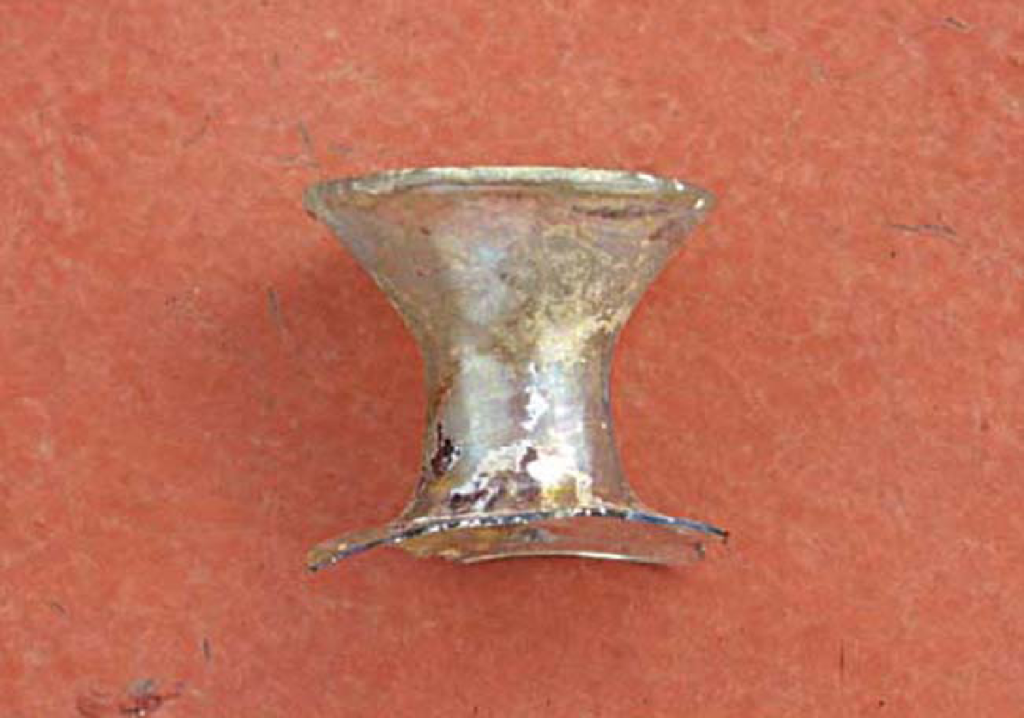
Fig. 6 – The glass vase, containing blood, which was found inside the tomb of Saint Philomena. The presence of a vase containing blood is a sign that the tomb was of a martyr. After the decree of 1961, some people insinuated that there were perfumes in the vase and not blood. In 2003, the Rector of the Sanctuary, Msgr. Giovanni Braschi, had some micro-fragments of the glass vial contents collected and analyzed with the most modern and infallible methods. These tests confirmed, without doubt, the presence of blood in the vial.
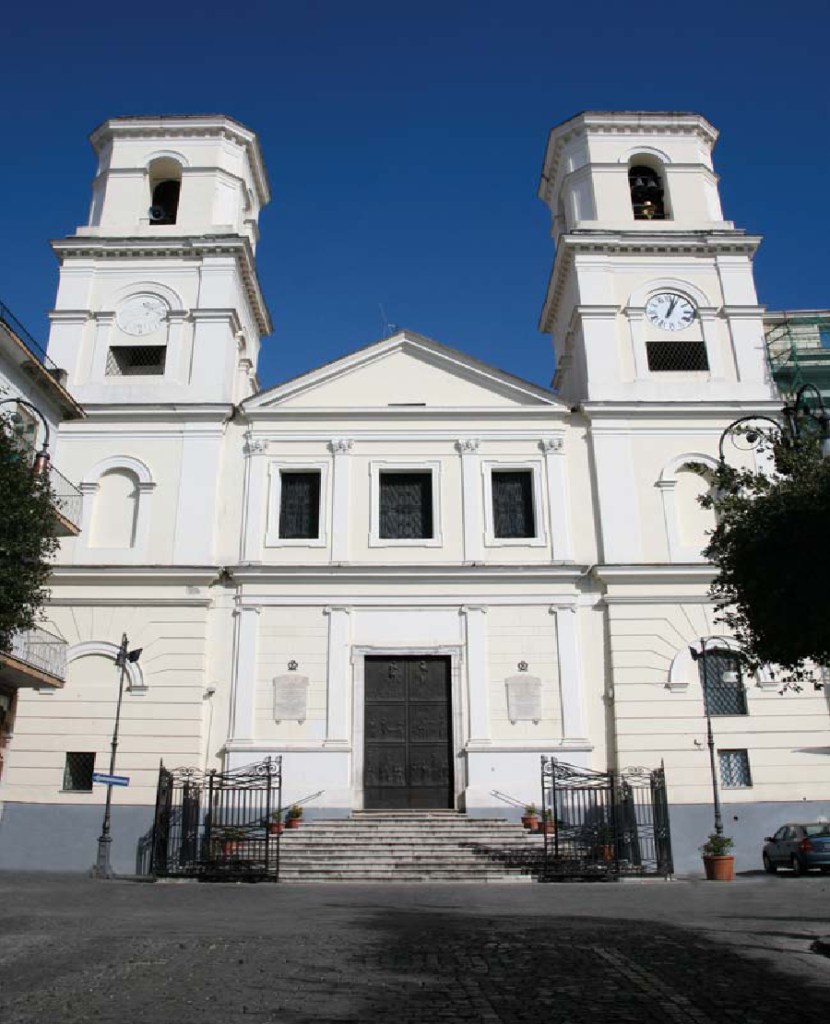
Fig. 7 – Mugnano del Cardinale: the Sanctuary of Saint Philomena, where the sacred body of the Martyr is kept. It is visited by pilgrims from all over the world.
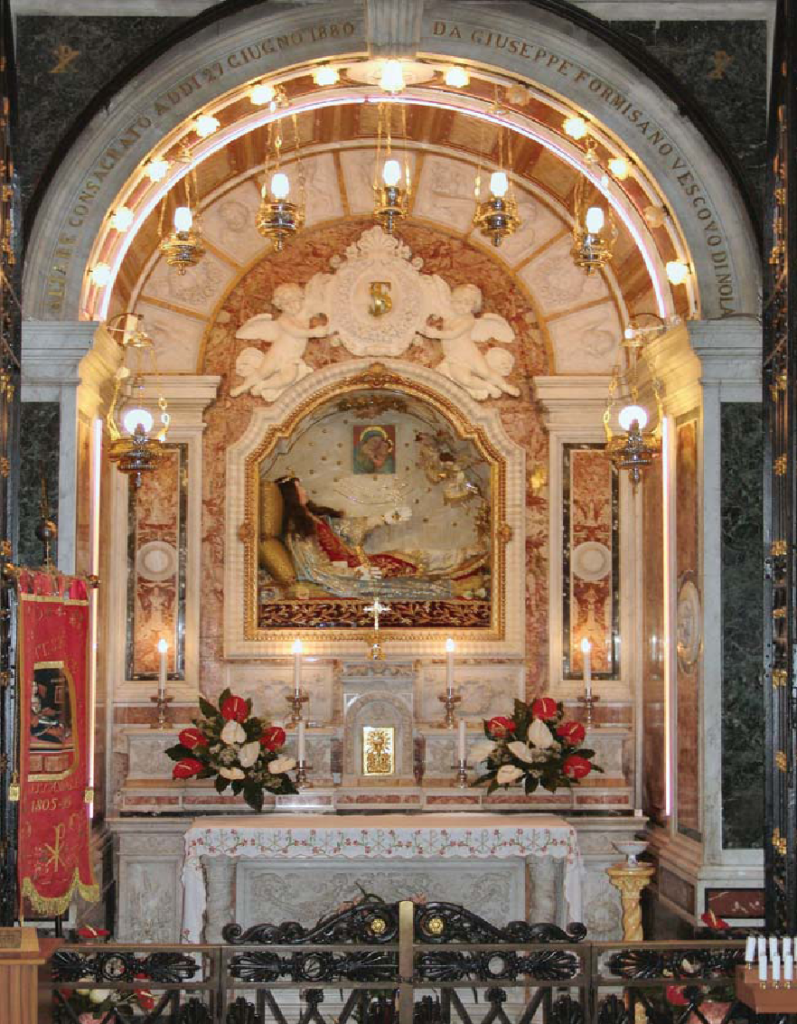
Fig. 8 – The Chapel, in the Church of Our Lady of Grace in Mugnano del Cardinale, where the sacred relics of Saint Philomena’s body are kept.

